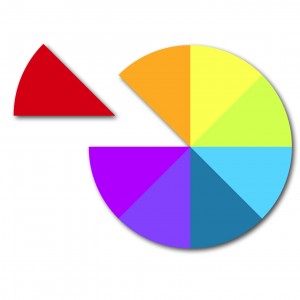I’m currently listening to Profit First, by Mike Michalowicz, a fellow Creative Live instructor.
For so many artists, for so many people, money is a charged topic.
And it doesn’t help when your culture refers to you disrespectfully as a “starving artist” and or “artsy fartsy” type.
Think about it. Have you ever met an artist who is actually suffering from severe malnourishment and or ongoing flatulence?
Choose your words carefully. Be respectful.
Anyway, when I learned that Mike and I had shared the same Creative Live Producer, Justin Barker, I immediately asked for an introduction so that Mike could teach you the valuable lessons that he’s learned from his three biggest fattest failures.
- When I asked Mike about his biggest fattest failure, he said it wasn’t his biggest but one of his more awkward blunders. He arrogantly put job candidates through an overbearing interview process. Mike lost sight of the fact that, just as he was interviewing them, they were interviewing him, and he missed opportunities to hire really qualified candidates.
- His second failure was actually loosing his entire fortune. Mike sold his company, became an angel investor, and as he admits, he just didn’t know what the hell he was doing. Instead of stopping and assessing his situation he just kept spending his way into oblivion while hiding mounting financial losses from his family. During Mike’s most painful “moment” he admitted to his family that they where broke and he began sobbing. His daughter ran into her bedroom. Mike thought she was protecting herself from the tragic news but it was actually to retrieve her piggy bank. She slid it across the kitchen table towards him and said, “Dad. We’re going to be okay.”
- Mike’s third failure was working like a maniac for so many years and missing out on much of kids’ childhood, time that he can never restore, unlike his fortune.
- All of these painful failures and blunders have shaped his purpose, Mike’s why.
- Mike is on a mission to teach entrepreneurs how to build profits, his what.
- Mike’s unique value proposition is an innovative and relatable system of accounting that small businesses can implement over time, his how.
- Mike helps small business owners, his who.
Mike is now running his third million dollar venture, is a former small business columnist for The Wall Street Journal; is the former MSNBC business make-over expert; is a popular keynote speaker on innovative entrepreneurial topics; and is the author of Profit First, The Pumpkin Plan and The Toilet Paper Entrepreneur, which BusinessWeek deemed “the entrepreneur’s cult classic.”
About Ann Rea
Ann Rea is a San Francisco based Artist and Entrepreneur. Her inspired business approach to selling her paintings have been featured on HGTV and the Good Life Project, in Fortune, and The Wine Enthusiast magazines, profiled in the book Career Renegade. Rea’s artistic talent is commended by American art icon, Wayne Thiebaud, and she has a growing list of collectors across North America and Europe.






